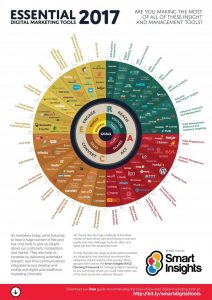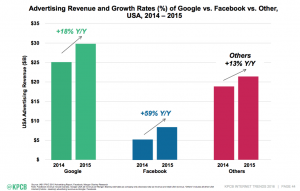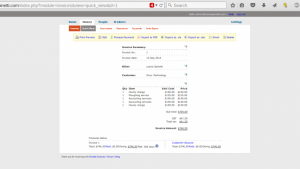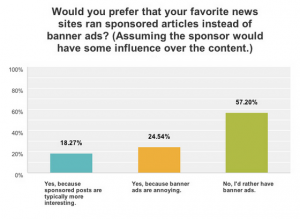By Alex Kvamme

Over the past years, many people who previously worked in an office adjusted to a remote-first or hybrid work model. And it’s likely that many knowledge workers won’t be going back to the office full-time. After all, we’ve remained productive and have achieved a better work-life balance with less commuting. But what does this mean for younger generations who are just starting out in their careers?
Many companies, mine included, are offering flexible and hybrid working environments. According to Harvard Business Review, more than 90% of employers plan to adopt a hybrid working model for their knowledge workers in 2022. And Accenture’s most recent “Future of Work” study found that 83% of workers prefer a hybrid work model over full-time in the office or full-time remote.
However, a new crop of workers from Generation Z (born in the late 1990s and early 2000s) are just getting started professionally. What are they missing out on? Sure, Gen Zers want flexibility, but do hybrid or remote settings enable them to learn the skills to be tomorrow’s leaders? Industry leaders have voiced similar concerns. JPMorgan’s Jamie Dimon stated this year that working from home and only from the home environment “doesn’t work for young people.”
What can be lost in a remote world
Much has been said of Gen Zers’ desire for belonging among their team. They crave purpose out of their work. In a Slack survey of 4,700 remote workers, the company found only one area where employees are less happy when working remotely: belonging. Tech company Cognizant found 93% of Gen Z workers across all countries believe that feeling like they belong at work is important and “creating personal connections with managers and coworkers is an important part of belonging.”
The challenge is that a remote-work setting hasn’t traditionally been conducive for learning, development, and engagement on the job—aspects that are especially important for younger workers. Being in an office setting facilitates network building, and previous generations honed their interpersonal skills and judgment through years of building relationships, coaching, and mentoring.
Think of sales reps sharing information on what’s working or not working over cubicle walls. Imagine a customer service agent learning how to handle tough calls by listening to colleagues navigate challenging interactions. These learning moments can happen less frequently in a hybrid environment, and perhaps even less so in a remote setting.
Working remotely could mean less engagement and connection during a time critical to building one’s professional network. Those moments of camaraderie; water cooler and lunchtime conversations; quick conversations after a team meeting; sharing small struggles and big wins—these interactions build lasting relationships.
What all of this adds up to is that in the long run remote work could stunt professional growth. Your freshly graduated employees want to climb the career ladder. Some of this can happen virtually, but we need to reimagine better ways to manage career growth, work expectations, and learning opportunities when we’re not all in the office together.
Managers can make all the difference
Many companies will continue to support styles of remote or hybrid work. In February 2022, investor Charlie Munger shared that he believed the past ways of working weren’t returning: “It’s never going back to full-time office for white-collar workers.” Google and Facebook have also announced they favor hybrid work options for the long term.
It’s incumbent on managers and leaders to find better ways to give younger employees useful direction and support to succeed when we’re not in person. Every employee, regardless of location, should have the means to gauge their performance and progression. In real time, they should be able to answer “How am I doing?” It’s equally important that every manager understands how each employee is progressing and in what areas they need coaching.
We need innovative solutions to help the managers and leaders of tomorrow become their personal best. Now is the time to reevaluate the processes and tools individual contributors and managers need to successfully build careers in this new world.
Building a successful flexible work environment requires a more multifaceted approach than virtual happy hours and “employee of the month” recognition to engage and motivate workers. Here are nine effective steps to help Gen Z flourish in a hybrid or remote environment.
- Be proactive in coaching employees. Help younger workers make connections and understand the bigger picture. Being proactive includes establishing an open-door policy and giving prompt feedback and praise to facilitate dialogue and engagement no matter the location.
- Establish clear goals and metrics, and measure success. Goals and KPIs are critical in any work situation, but they are extra important when managing remotely.
- Give employees transparency into how they are performing against goals—and how they rank among peers—with real-time data and metrics. Without being among coworkers, it’s hard to truly understand daily expectations and where the bar is set for success.
- Create opportunities to connect in person. When employees are in the office together, things like group training and team building are fun and engaging. Even more informal gatherings, like an afternoon walk with team members who live close to one another can help foster belonging.
- Establish a mentorship program. Have new employees buddy up with someone senior in addition to their manager. Someone from a different department can provide unbiased advice.
- Create more opportunities to grow. Advocate promoting remote employees when it’s merited. Look for opportunities to promote, even if it’s an incremental advance. Internal upward mobility helps employees grow and boosts retention.
This more holistic approach should go far in giving our younger coworkers the path toward improving their performance, powering ahead in their careers, and becoming strategically important contributors and leaders.
Alex Kvamme is the CEO of Pathlight, a team management platform.
Fast Company , Read Full Story
(31)
Report Post







